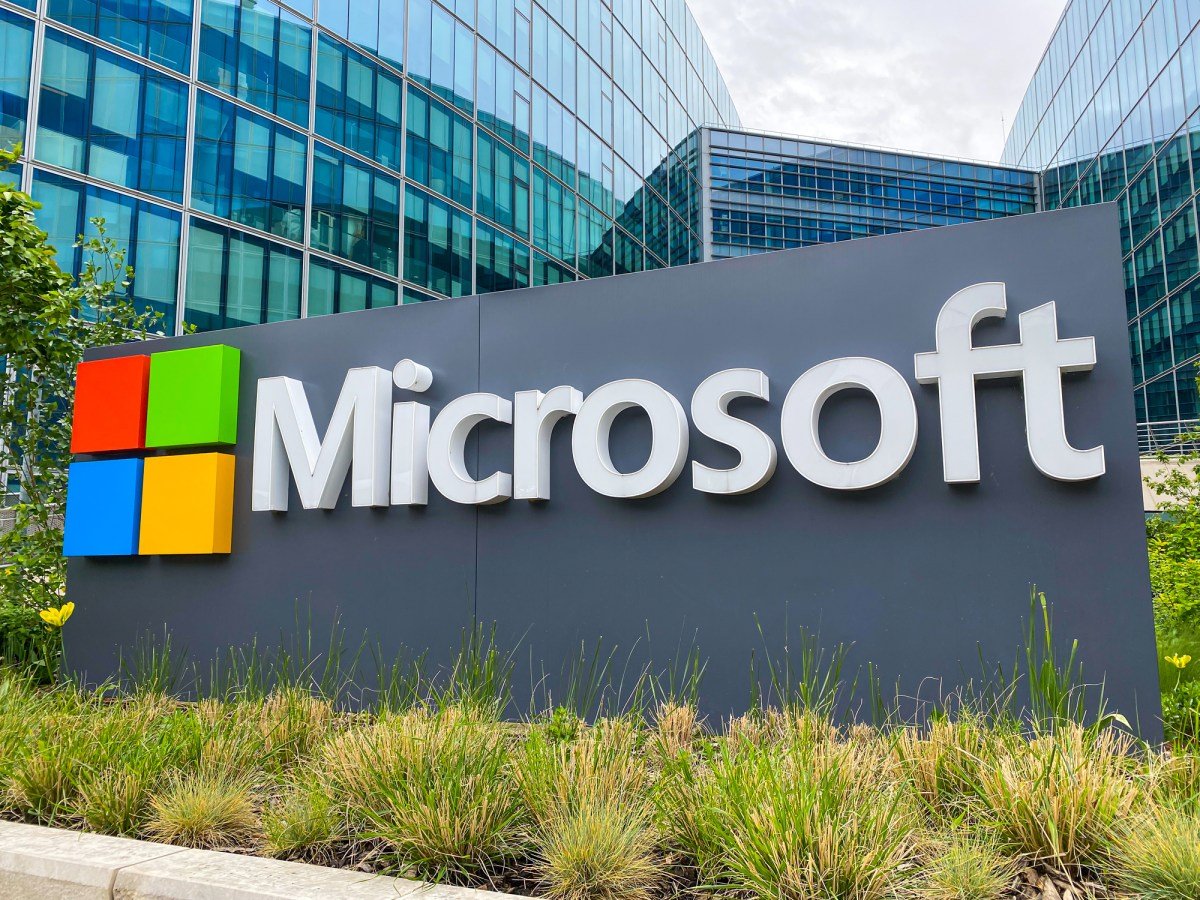In an exciting announcement, Microsoft has collaborated with the U.S. Department of Energy’s Pacific Northwest National Laboratory (PNNL) to leverage its Azure Quantum Elements service and revolutionize the search for new battery materials. Using this innovative technology, the team was able to greatly reduce a list of millions of potential materials down to only a handful, with one already reaching the prototype stage.
While the name “Azure Quantum Elements” may suggest the use of quantum computing, rest assured that this project did not involve any actual quantum computers. Instead, the service, which was launched last summer, utilizes a combination of artificial intelligence (AI) and traditional high-performance computing (HPC) techniques. This creates a highly versatile and advanced workbench for scientific computing, with the promise of eventually providing access to Microsoft’s quantum supercomputer. While qubits were not a part of this particular project, the ultimate goal is to merge these technologies and continuously push the boundaries of scientific discovery.
Microsoft Quantum’s Krysta Svore explained that the team’s primary aim was to test the limits of what is currently possible with Azure Quantum Elements (AQE). By utilizing the AI accelerator within AQE, PNNL researchers were able to analyze a staggering 32 million inorganic materials and narrow them down to just 18 candidates for their battery project. From there, existing HPC techniques were employed to further refine the selection and pinpoint the most promising materials. This process, which would normally take years, was completed in just 18 months thanks to the capabilities of AQE.
“The intersection of AI, cloud, and high-performance computing, coupled with the expertise of human scientists, is key to accelerating scientific breakthroughs,” stated Tony Peurrung, PNNL’s deputy director for Science and Technology. “Our collaboration with Microsoft aims to make AI more accessible to researchers. By using AI, we can uncover unexpected and unconventional materials and approaches worthy of further exploration. This is just the beginning of an exciting journey to drive the pace of scientific discovery forward.”
Many experts in the quantum computing field predict that these powerful machines will excel at solving complex chemistry and material science problems. However, while progress in quantum computing continues to advance, it will likely be a few more years before a fully functional quantum computer is available. Currently, we are still in the early stages, known as the “noisy intermediate-scale quantum” (NISQ) era. With this in mind, Svore remains optimistic that Microsoft will achieve their goal of constructing a quantum supercomputer that uses Majorana-based qubits within the next decade.
While the science behind this project is undoubtedly significant, it’s hard to ignore the fact that it may also serve as a PR strategy, given the current limitations of quantum computing. However, with continued collaboration and advancements in technology, the possibilities for scientific discovery are endless.









[…] Alphabet in 2022, has recently made a groundbreaking acquisition. The Vancouver-based quantum computing and computational chemistry startup Good Chemistry has been acquired by Sandbox AQ for an […]